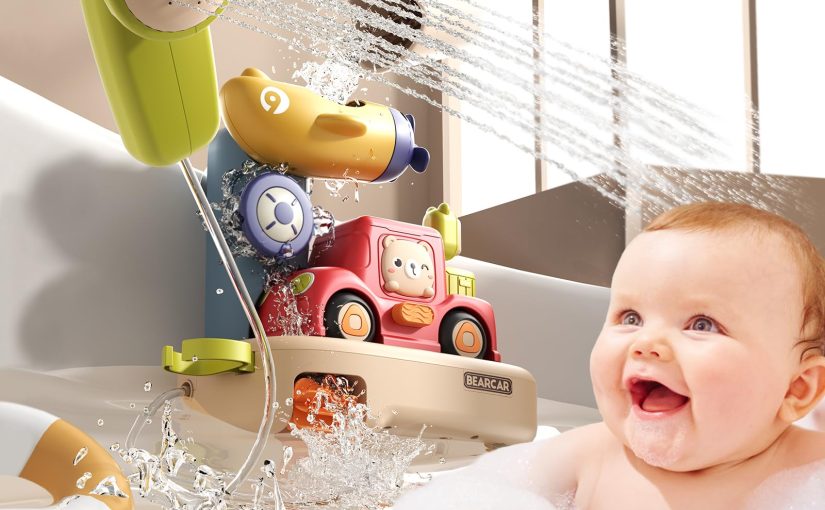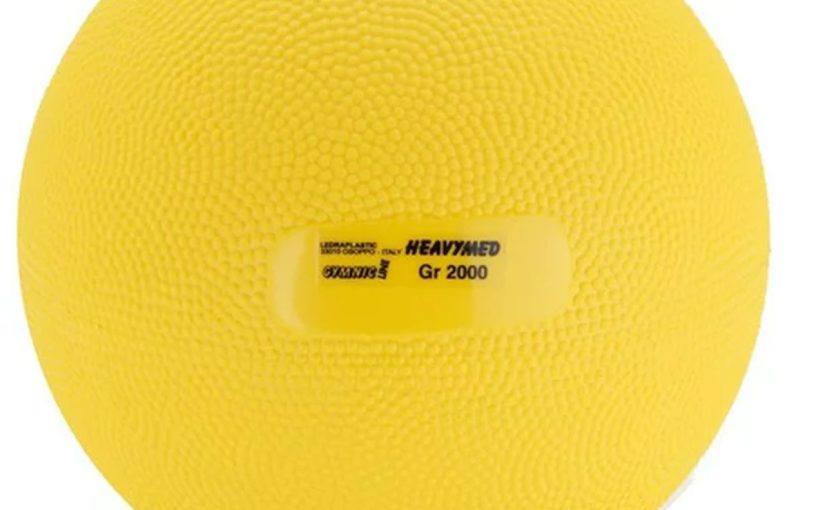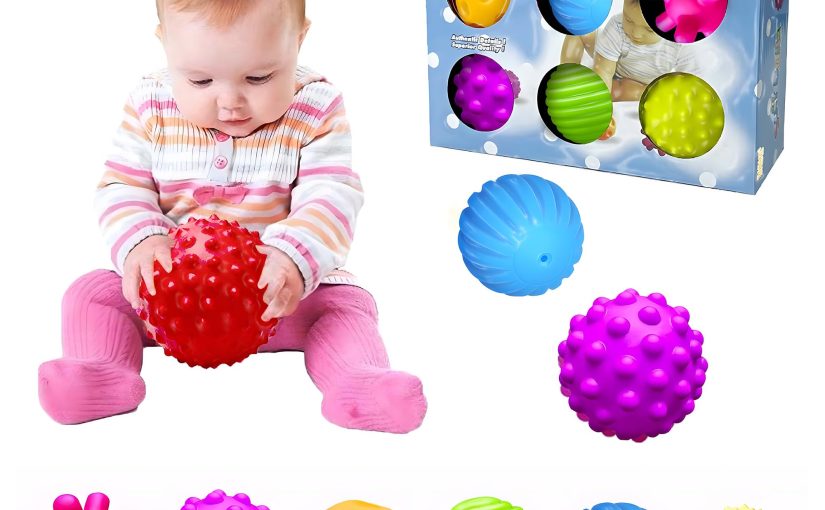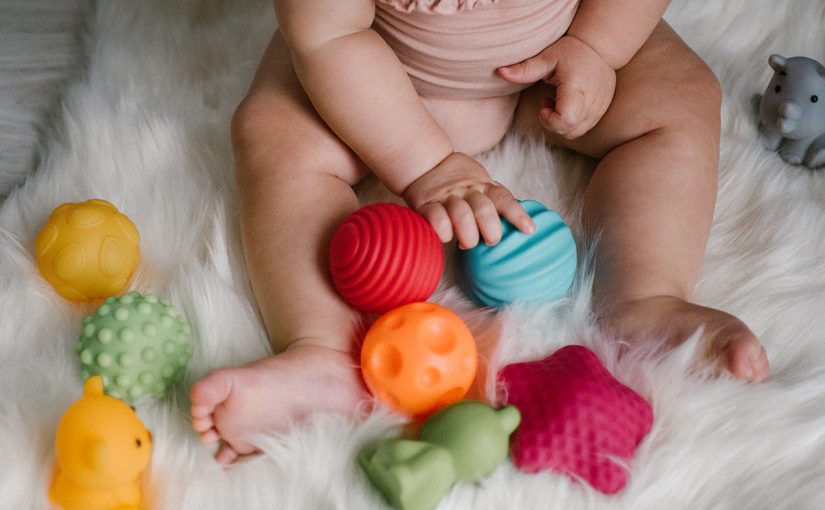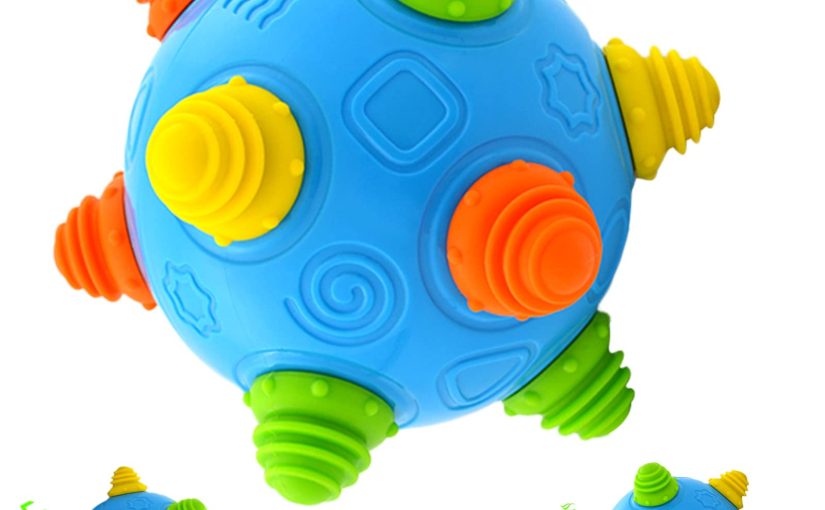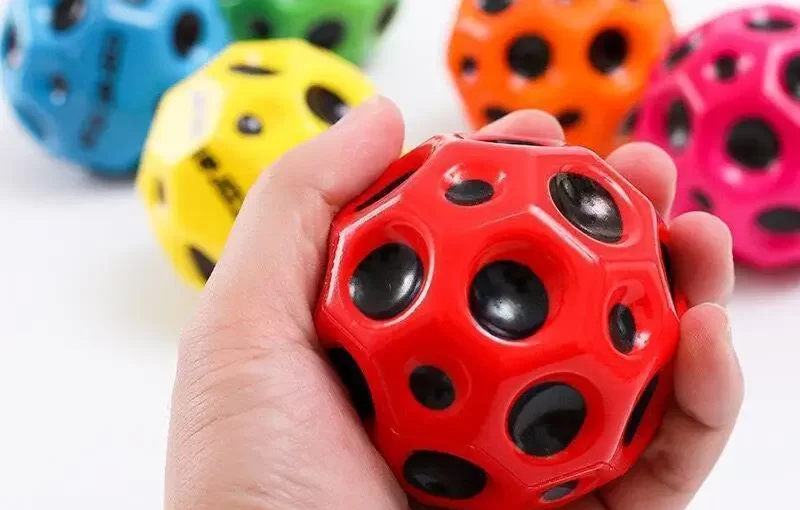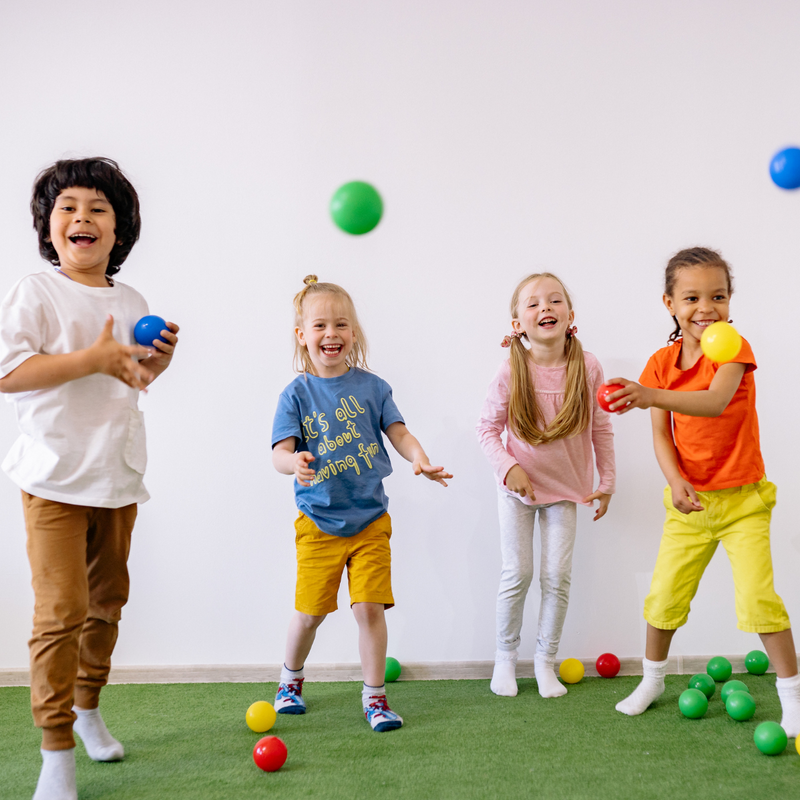Introduction to Bath Toys
Bath time can be more than just a routine hygiene activity for children. With fun bath toys, it becomes an exciting playtime that toddlers eagerly anticipate. These toys are not just colorful and entertaining; they also support the growth and development of young ones. While turn tub time into a playful adventure, parents can use it as an opportunity to teach their tots.
When choosing bath toys, it is essential to consider age appropriateness, safety, durability, and the ability to spark creativity and learning. Fun bath toys come in various shapes, sizes, and functions, ranging from simple rubber duckies to complex floating playsets. They create an enjoyable environment that encourages kids to love bath time.
From squirty toys to floating puzzles, each bath toy offers a different experience. They are designed to withstand water and soap, ensuring they can be a regular part of bath time fun. By integrating these playful elements, children develop fine motor skills and hand-eye coordination. They learn cause and effect and even basic concepts such as floating and sinking.
In summary, bath toys are not just for fun. They are vital tools that improve bath time for children, making it a joyous and educational experience. As we dive deeper into the selection and benefits of these toys, remember that the right fun bath toys can make a significant positive impact on your child’s development.
Criteria for Selecting Bath Toys
When picking fun bath toys for your little ones, there are several criteria to keep in mind to ensure safety, development, and enjoyment. Below are key points to help guide your selection process:
- Age Appropriateness: Check the toy’s recommended age range. Toys should match your child’s cognitive and motor skill level.
- Safety First: Look for non-toxic materials with no sharp edges. Toys should be BPA-free and phthalate-free.
- Durability and Quality: Durable toys withstand the rigors of bath time. High-quality materials prevent rapid wear and tear.
- Stimulate Creativity and Learning: Choose toys that promote imaginative play. They should offer opportunities for learning, such as color recognition or counting.
- Easy to Clean: Bath toys should be simple to clean and dry to avoid mold and mildew.
- Multi-sensory Experience: Toys with different textures, sounds, and colors engage more senses.
- Encourage Interaction: Select toys that promote interaction, either between child and toy or child and parent.
Keep these criteria in mind to find the perfect fun bath toys that are educational, enjoyable, and most importantly, safe for your tots.
Top Rated Bath Toys for Different Age Groups
Choosing the right fun bath toys can vary greatly depending on your child’s age. To make your selection easier, we’ve compiled a list of top-rated toys suited to different developmental stages.
Infants (0-12 months)
For infants, sensory bath toys are ideal. Soft rubber toys that float and textures that they can safely explore with their mouth and hands are perfect. Recommended options often include animals that are colorful and squeaky.
Toddlers (1-3 years)
Toddlers enjoy toys that stimulate their growing curiosity, such as cups and buckets that can pour water. Stackable boats and toys that offer simple interactive activities are also great for this age group.
Preschoolers (3-5 years)
At this stage, children are ready for more complex play. Think bath time ‘construction sets’ or water tables that allow for pouring and measuring. Toys that challenge their problem-solving skills are excellent choices.
School-Aged Children (5+ years)
Older kids often like games and toys that engage them in more advanced thinking. Submarine toys that propel underwater or bath-friendly gadgets that teach scientific concepts can provide entertainment and learning.
Always check the age recommendations on bath toys and ensure they align with your child’s abilities. Look for reviews and safety certifications to guarantee a happy and safe bath time experience. A captivating bath toy can transform routine washing into an exciting adventure that children of all ages can look forward to.
Innovative Bath Toys for Enhanced Play
Bath time can turn into an imaginative space with the right innovative bath toys. These toys push the envelope of fun, integrating modern features that captivate young minds. Here are several aspects to look for when seeking toys that boost playtime innovation:
- Interactive Technology: Some bath toys now come with waterproof technology. This includes lights, sounds, and motion sensors that react to water contact, amplifying the excitement.
- Educational Elements: Advanced toys may introduce basic science concepts. For example, toys that allow children to experiment with water flow and physics.
- Creative Shapes and Designs: Beyond the typical boat or duck, innovative toys come in a variety of designs. Look for imaginative shapes that inspire storytelling and role-play.
- Multi-Functional Toys: These toys go beyond floating or squirting. They might come with suction cups for sticking to the tub, or be designed to draw on bath surfaces.
- Eco-Friendly Options: Innovative doesn’t just mean high-tech. Some toys are made with eco-friendly materials and dyes, making them sustainable and safe for the environment.
Incorporate these cutting-edge toys into your child’s bath time routine. This will not only enliven their play but also integrate learning in the most natural way — through play. Remember, always check age recommendations and safety features to ensure that these innovative fun bath toys are appropriate and secure for your little one’s aquatic escapades.
Safety Considerations for Bath Time Fun
Safety is a top priority when it comes to selecting fun bath toys for children. It is essential to ensure that your little one’s playtime is not only enjoyable but also free from potential hazards. Here are critical safety considerations to keep in mind:
- Non-Toxic Materials: Always choose bath toys made from materials that are non-toxic and free from harmful chemicals like BPA and phthalates.
- No Small Parts: For younger children, particularly those under three, avoid toys with small parts that could be a choking hazard.
- Water-Tight Construction: Opt for toys that are sealed to prevent water from getting inside, which can lead to mold and bacterial growth.
- Soft Edges: Ensure all toys have smooth, soft edges to avoid cuts and scratches during play.
- Temperature Sensing: Some fun bath toys come with temperature indicators. These are helpful to prevent burns from water that is too hot.
- Regular Inspections: Routinely check toys for damage or wear and tear that may compromise safety.
- Supervision: Never leave children unsupervised during bath time. Close monitoring is crucial to prevent accidents.
- Proper Storage: After use, store bath toys in a clean, dry area to avoid mold accumulation.
By keeping these safety considerations at the forefront, parents can provide their children with a bath time experience that is not only filled with fun but also maintains a safe environment.
Maintenance and Cleaning of Bath Toys
Proper maintenance and cleaning are vital for the longevity and safety of fun bath toys. Here’s how to keep your child’s bath toys in top shape:
- Regular Rinsing: After each bath, rinse toys thoroughly with clean water to remove soap and residue.
- Periodic Deep Cleaning: Soak the toys in a solution of warm water and mild detergent, or use a vinegar mixture for a natural option. Ensure they are completely dry before the next bath time.
- Air Dry: Let toys air dry in a well-ventilated area to prevent mold growth.
- Sealable Toys Check: For toys that can hold water, open them up to clean inside and prevent mold.
- Avoid Harsh Chemicals: Stick to gentle cleaning agents to safeguard the toys’ materials and your child’s health.
- Discard Damaged Toys: Inspect toys regularly, and throw away any that are broken or have developed mold.
- Storage Solution: Invest in a mesh bag or a toy holder with drainage to store the toys, keeping them clean and dry.
Follow these simple steps to ensure fun bath toys remain a clean and safe part of your child’s bath time routine.
Creative Ways to Incorporate Learning with Bath Toys
Bath time can be a treasure trove of learning opportunities for children. Fun bath toys are not just playthings; they’re also educational tools. Here’s how parents can merge learning with play to maximize the benefits of bath time.
- Color Recognition: Use multi-colored toys to teach color names. Ask your child to find or name all the blue toys, for instance.
- Counting Fun: Encourage your little one to count their toys. ‘How many ducks do you see?’ is a simple way to start.
- Shape Sorting: Find bath toys in different shapes and ask your child to sort them. Matching shapes can spark an interest in geometry.
- Alphabet Soup: Alphabet toys are great for spelling simple words. They can float on water, making an interactive spelling bee.
- Music and Rhythms: Musical toys help kids link sounds to movement. Tapping out rhythms on floating drums can be fun.
- Sensory Exploration: Different textures on toys invite touch and sensory play. Kids learn about the world through their senses.
- Science Experiments: Water toys that change color with temperature are exciting. They introduce the concept of hot and cold in physical science.
- Storytelling Magic: Encourage your kids to make up stories with their toys. This develops language skills and creativity.
- Floating and Sinking: Use toys that sink or float to explain these concepts. A playful physics lesson is always a hit.
When learning is fun, children are more engaged and eager. Weave these educational aspects into bath time, and watch your child learn effortlessly. Remember, the key is to make it enjoyable, so keep it light and playful!
Where to Buy Quality Bath Toys
Finding the right place to purchase high-quality fun bath toys can be as important as choosing the toys themselves. To help streamline your shopping experience, here are top places to consider:
- Specialty Children’s Stores: These stores often offer a wide selection of toys including those designed specifically for bath time. They tend to prioritize safety and educational value.
- Online Retailers: Websites like Amazon have extensive collections of bath toys from various brands. Always read reviews and check seller ratings before making a purchase.
- Local Toy Shops: Support local businesses by buying from toy shops in your area. The staff can often provide personalized recommendations.
- Department Stores: Places like Target or Walmart carry bath toys in their children’s sections. They offer convenience and competitive pricing.
- Parenting and Baby Expos: These events showcase the latest products. They’re a great opportunity to see innovative fun bath toys firsthand.
- Second-Hand Stores: For eco-conscious shoppers, gently used bath toys can be found at thrift shops or online marketplaces. Ensure they are in good condition and clean well before use.
Always remember to consider safety, durability, and the educational aspect of bath toys when making your purchase. Suitable fun bath toys can make bath time an enriching experience for your child, paving the way for both play and learning in the tub.
